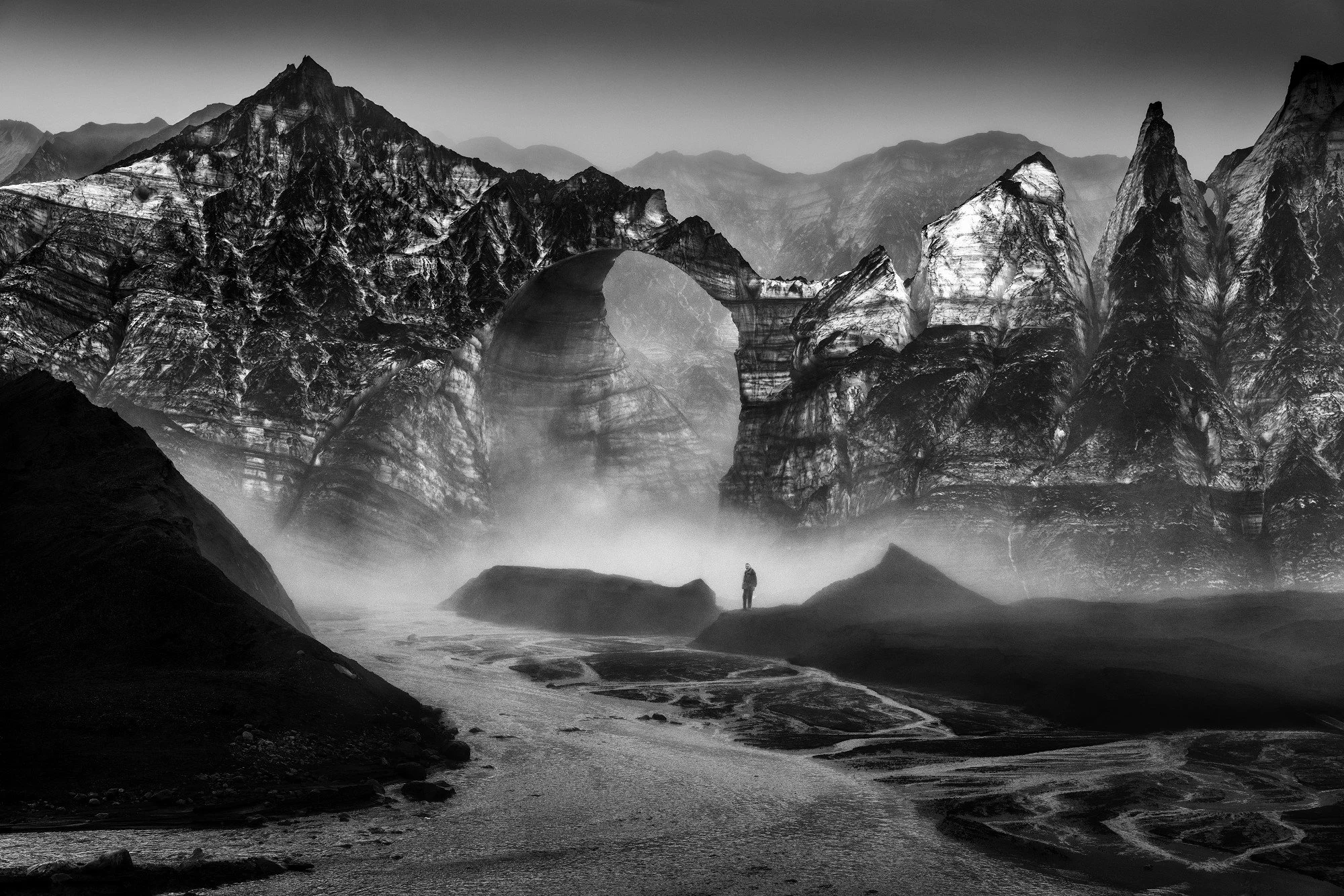Sally Mann: Blackwater in Prix Pictet
Sally Mann, Blackwater 3, 2008-2012. From the series: Blackwater, 2008-2012 © Sally Mann, Gagosian, Prix Pictet. Courtesy of the artist and Gagosian
Written by Lia Jung
Copy Edited by Parker Renick
Photo Edited by Yanting Chen
For more than forty years, Sally Mann (b. 1951) has documented the South—its cultural landscape, antebellum relics, and fraught racial history—as a subject and setting to explore mortality, social realities, and the passage of time.
Born in Lexington, Virginia, Mann came to international prominence in the early 1990s with a series of family portraits she took of her children outside of their riverside property, which was published in Immediate Family. From the late 1990s into the 2000s, Mann focused on the American South, taking photographs in Alabama, Mississippi, and Louisiana for her series Deep South (2005). Her works have always been about topics with which the artist herself has personal ties, as acknowledged by Mann, who states, “It never occurred to me to leave home to make art.”
Home, and its intimate subjects, are the nucleus of Mann’s career, but it's observed without soupy sentimentality or rose-tinted glasses. Instead, Mann’s depiction of the South is suffused with an altogether different tinge: the photographer is known for using the collodion wet-plate process, a nineteenth-century technique that involves coating a glass plate with a syrupy substance called collodion and a light-sensitive solution of silver salts. The result is a series of tintypes or glass negatives, which are often subject to breakage, chipping, fractures, and flaking emulsions. The nature of the collodion method pertinently speaks to its subject matter: the fraught and fragile American South, a troubled land filled with disquieting histories and relics of the past.
In her Prix Picket-winning series Blackwater (2008-2012), Mann gives a layered reading into the devastating wildfires that engulfed the Great Dismal Swamp in southeastern Virginia, where the first slave ships docked in America. Compellingly, Mann draws a parallel between the all-consuming wildfires with the nation’s heated racial conflict, explaining, “The fires in the Great Dismal Swamp seemed to epitomize the great fire of racial strife in America,” and “Something about the deeply flawed American character seems to embrace the apocalyptic as solution.”
Sally Mann, Blackwater 13, 2008-2012. From the series: Blackwater, 2008-2012 © Sally Mann, Gagosian, Prix Pictet. Courtesy of the artist and Gagosian
Past and present conflate in her gothic prints, whose distortions around the edges invoke a burnt film, as though the photographs were touched by fire. These photographs, taken in the summer of 2020, overlap between the scorched land and its destitute remains with a different tragedy that scarred this ground when racial unrest took over the South in the late 1960s. Implicit in this merging of the two timelines is Mann’s remorseful suggestion that America has not fully recovered from its past, that the same fury and racial discrimination continue to remain.
In Blackwater, the brooding, black liquid-like surface from the collodion syrup echoes the sweltering swamps and its murky legacy. There are barren trees, billowing skies, fumes, and broken branches. The gothic scene alone is compelling, but it is Mann’s clinical distance that makes the reader take a step back and observe the scene before them with the question why: Why has the world come to be this way?
One of the photographs shows a burnt cross in the foreground, a powerful image that’s possibly alluding to the 1682 Christian Parentage Act, which outlined that any colored race “who and whose parentage and native countries are not Christian at the time of their first purchase by a Christian (...are) deemed and taken to be slaves to all intents and purposes."
Alternatively, the cross could be referencing a literal Apocalypse, as foretold in the Book of Revelation. Centuries have passed, yet the history of violence and injustice repeats itself in this country today. There is something deeply wrong with America, and with each passing day, it seems to affirm the suspicion that the only way out is to embrace the apocalyptic.
But even though fire cannot burn the memories and the tortured racial past, it can still serve to remind us of our past and alert us to our contemporary moment. If the first question Mann invites us to ask ourselves is why this happened, then the second and perhaps the more urgent question is what new life should grow from this burnt land. How soon will we see the green again? What potential, what future, can we see from the aftermath of a fire?
Blackwater was announced on 15 December 2021 at the Victoria and Albert Museum in London as the winner of the 9th cycle of the Prix Pictet, the global award in photography and sustainability. On an international tour, the exhibit is currently being shown at EPFL Pavilions in Switzerland through July 24.
© Sabine Senn, Pictet
© Sabine Senn, Pictet






